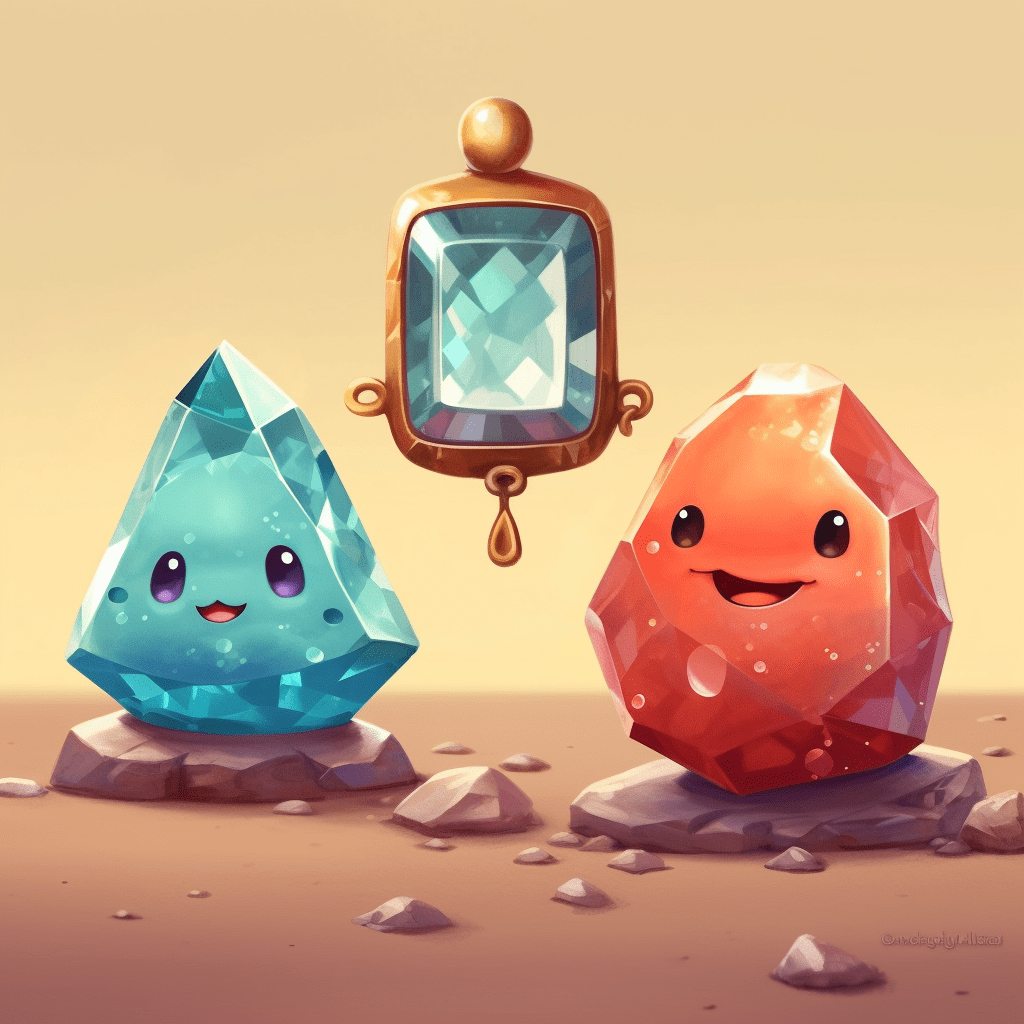
As the world of cryptocurrencies and blockchain technology continues to evolve, NFTs, or non-fungible tokens, have emerged as a promising new frontier for creators, collectors, and investors alike. In contrast to fungible tokens like Bitcoin and Ethereum, which are interchangeable, NFTs represent unique, one-of-a-kind digital assets such as art, collectibles, and virtual real estate. As the NFT market grows, so does the need for effective pricing strategies to maximize profitability. In this article, we’ll explore various NFT pricing strategies to help you make the most of your digital assets.
Understand the NFT Market
Before diving into specific pricing strategies, it’s essential to understand the NFT market and its dynamics. Keep in mind that the value of an NFT is determined by various factors, such as rarity, demand, utility, and creator reputation. Stay informed about market trends, monitor popular NFT marketplaces, and follow influential NFT creators and collectors on social media to stay in the loop.
Set a Realistic Base Price
When pricing your NFT, it’s crucial to set a realistic base price that reflects its true value. This process requires research and comparison with similar NFTs on the market. Analyze the sale prices of comparable NFTs and consider factors such as rarity, artist reputation, and potential demand. Setting a fair and accurate base price increases your chances of attracting serious buyers and receiving competitive bids.
Choose the Right Marketplace and Listing Type
Selecting the right NFT marketplace and listing type can significantly impact your profitability. Some popular NFT marketplaces include OpenSea, Rarible, and SuperRare. Each platform has its own set of fees, audience demographics, and rules, so carefully consider which marketplace aligns best with your goals and target audience.
Once you’ve chosen a marketplace, determine the appropriate listing type for your NFT. You can list your NFT through a fixed-price sale, an auction, or a combination of both. Fixed-price sales allow you to set a specific price for your NFT, while auctions enable potential buyers to bid on your asset, potentially driving the price higher. Consider the pros and cons of each listing type and choose the one that best suits your NFT and pricing strategy.
Create Scarcity and Demand

Creating scarcity and demand for your NFT can significantly boost its value. Limited edition NFTs or those with a capped supply often command higher prices due to their rarity. If you’re an artist or creator, consider releasing your NFTs in limited editions or as part of a series to generate excitement and anticipation among collectors.
Promote your NFTs through social media, content marketing, and collaborations with other creators or influencers. Building a community around your NFTs can increase demand and drive up their value. Engaging with your audience, providing exclusive content, and offering utility through your NFTs can further enhance their appeal and help maximize profitability.
Leverage the Power of Bundling
Bundling involves selling multiple NFTs together as a single package. This strategy can help you attract buyers who may be interested in acquiring a collection of related NFTs at a discounted price. Bundling can also help you move lower-value NFTs by pairing them with more popular or valuable ones. Experiment with different bundling combinations and analyze market data to determine which bundles are most likely to appeal to your target audience.
Monitor and Adjust Your Pricing
The NFT market is highly dynamic, and prices can fluctuate significantly in a short period. Regularly monitor the performance of your NFTs, assess market trends, and adjust your pricing strategy accordingly. Be prepared to lower your asking price if your NFT isn’t generating interest or
raise your asking price if there’s high demand and competition for your NFT. Be flexible and willing to experiment with different pricing strategies to find the optimal balance between profitability and marketability.
Diversify Your NFT Portfolio
Diversifying your NFT portfolio can help you manage risk and maximize profitability. Instead of focusing exclusively on a single niche or type of NFT, consider investing in a diverse array of digital assets, such as art, gaming items, virtual real estate, and collectibles. This approach can help you capitalize on emerging trends and market opportunities while also mitigating the impact of potential downturns in any single segment.
Factor in Fees and Taxes
To accurately assess your NFT profitability, it’s crucial to account for fees and taxes associated with buying, selling, and creating NFTs. Marketplaces typically charge transaction fees, which can range from a few percentage points to more substantial amounts. Be aware of the fees associated with your chosen marketplace and factor them into your pricing strategy.
Additionally, depending on your jurisdiction, you may be subject to capital gains taxes on profits from the sale of NFTs. Consult with a tax professional to ensure you’re aware of any tax implications and plan accordingly to optimize your profitability.
Establish a Strong Personal Brand
As an NFT creator or investor, building a strong personal brand can greatly enhance your profitability. A well-established brand can command higher prices, attract more buyers, and create a loyal following. Focus on promoting your unique value proposition, showcasing your expertise, and engaging with your target audience through social media, content marketing, and networking.
Participate in industry events, such as NFT conferences and webinars, to expand your network and gain insights from industry experts. Collaborate with other creators or influencers in the NFT space to cross-promote each other’s work and tap into new audiences.
Consider Long-Term Value
While it’s essential to maximize short-term profitability, don’t lose sight of the long-term value of your NFTs. High-quality, rare, or historically significant NFTs may appreciate in value over time, making them potentially more lucrative as long-term investments. Before selling an NFT, consider its potential for long-term appreciation and weigh the benefits of holding onto it versus liquidating it for immediate profit.
Conclusion

Navigating the world of NFTs can be both exciting and challenging. By employing effective pricing strategies, understanding the market, and staying adaptable, you can maximize your profitability in the ever-evolving NFT landscape. Keep in mind that the NFT market is still in its infancy, and new opportunities and challenges will likely continue to emerge. Stay informed, be proactive, and continually refine your approach to make the most of your digital assets.
